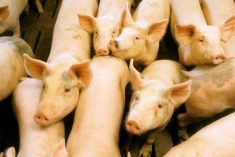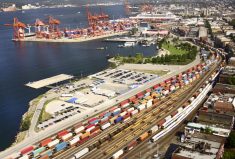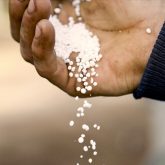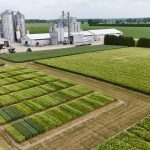Hunger that emerged as a side-effect of war left a lasting mark on European culture – one that we would do well to remember in the context of the much-heralded negotiations towards a Comprehensive Economic and Trade Agreement (CETA) between Canada and the European Union.
Canadian and European negotiators have been working towards a bilateral deal that is said to be more complex and comprehensive than any trade deal we have negotiated in the past. We’re told “everything is on the table.”
In the farm sector, the usual battle lines have been drawn. The National Farmers Union has linked up with other citizens’ groups vehemently opposed to the deal based on a draft text.”It’s not about trade per se, it’s more about opening up Canada to these other players,” NFU president Terry Boehm said in an interview with the Manitoba Co-operator.
Read Also
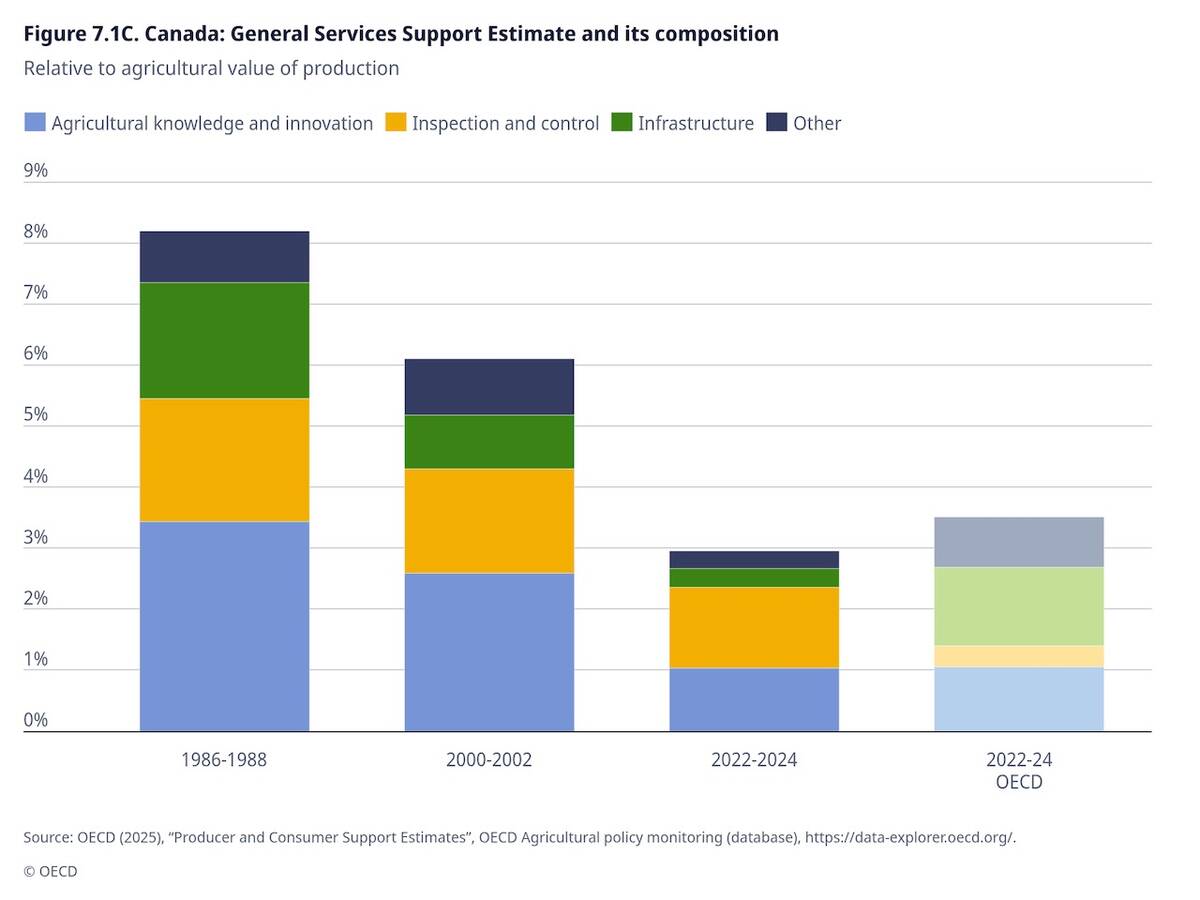
OECD lauds Canada’s low farm subsidies, except supply management
The Organization for Economic Co-operation and Development says Canada’s farm subsidies are among the lowest, but still criticized supply management industries like dairy, poultry and eggs.
“It will change the face of agriculture and the autonomy of farmers and who controls the food system and what kind of agriculture takes place on their farms.”
In the NFU’s analysis, the proposed deal will preclude local governments from favouring local business with procurement contracts. It also predicts the Canadian Wheat Board and supply management would disappear, and that farmers would face more restrictive intellectual property rights, which would end farmers’ ability to save and reuse their own seed.
Meanwhile, the Canadian Agricultural Free Trade Alliance (CAFTA), is calling for full steam ahead.
“Opening the European market for Canadian agriculture and food products is critical,” says CAFTA chair Stan Eby in a release. “Canada remains too reliant on the United States – our main trading partner – as a destination for our agriculture and food products. Canada currently exports over half its agriculture and food products to the U. S. while only five per cent are destined to the EU.”
With a population of almost 500 million people, the EU offers significant trade potential for Canadian farmers and food processors, Eby says. “A joint Canada-EU economic study has estimated that the elimination of trade barriers (tariff and non-tariff) between Canada and the EU could increase bilateral agri-food trade by up to $3 billion, more than doubling current trade and representing significant economic value and job creation for primary agricultural products and for value-added processed products as well.”
We suspect both of these opposing views are correct. If such a deal came to fruition, life would change as we know it under such a deal. Negotiated treaties are about give-and-take to the mutual benefit of all parties, so it stands to reason Canada will have to give if it hopes to get.
Likewise, if both tariff and non-tariff trade barriers were eliminated, a deal might give export-dependent Canadian farmers a much-needed alternative to the United States market, maintaining access to which has proven problematic despite the existence of free trade agreements.
Those are worthwhile objectives. But based on what we know of the spirit of free trade deals versus the reality, they can be difficult to achieve.
Despite assertions that “everything is on the table” there is a pretty large caveat that will limit EU negotiators’ flexibility in opening domestic markets to Canadian producers and processors, said trade analyst Peter Clark in a recent report to MPs and senators serving on agriculture and trade committees.
The Common Agricultural Policy, a postwar plan to ensure Europe will never see food shortages again, is not open for discussion.
“Food security concerns, food safety – and preferences for buying local – as well as a desire for self-sufficiency are fundamental pillars of the CAP. Environmental regulation and animal welfare initiatives further complicate access. And soon to come are carbon taxes on offsets,” says the Clark analysis.
The CAP consumes at least 40 per cent of the EU’s total budget of 123 billion euros (that’s C$176 billion). Officials have changed how they pay farmers to comply with international trade agreements. But farmers there are still getting money, and like farmers everywhere, they tend to use it to keep on farming.
So although much has been said about decoupling agriculture support from production, it would be fallacy to think one of the outcomes will be an increase in Europe’s dependence on food imports. The opposite is more likely, given the fact it is already a major exporter.
“Reductions in EU market prices and tariffs will not improve Canada’s access to EU markets,” Clark says.
“The single farm payment (SFP) and other direct payments combined with market-based farming activities will maintain farm incomes and insulate European farmers from market forces,” he said.
It’s hard to argue against diversifying our export base or making a trade deal with Europe. But don’t bet the farm on increased market access. [email protected]



